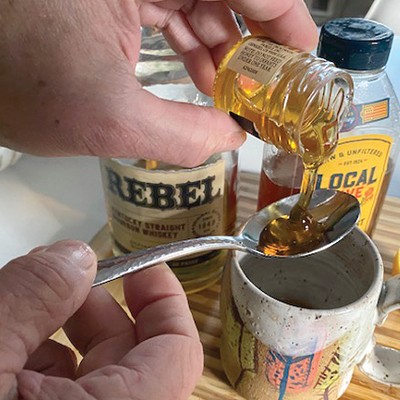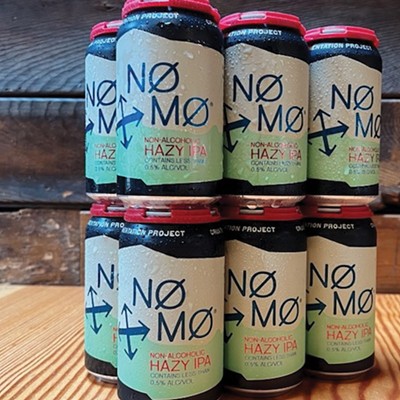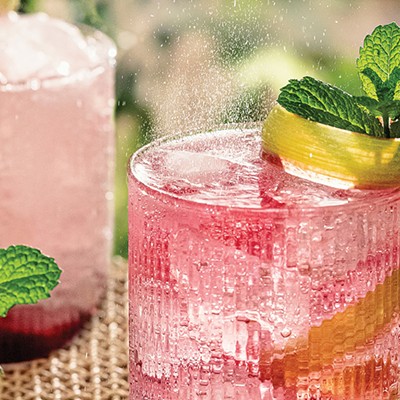For a growing brewery, one of the thorniest issues to deal with is what to do with all the wastewater—and not the kind people produce after having a few beers, either.
According to John Mercer, a brewing consultant who oversaw Deschutes Brewery's wastewater treatment efforts for 12 years, a "very dialed-in, well-managed brewery" will produce approximately two barrels of wastewater per barrel of beer produced. A more moderate brewery will average around three barrels, while a startup doing their first few batches can skew toward five or so barrels of waste until things get cranked up.
That's a whole lot of water, and the tricky part is that it needs treatment before it can be recycled. Compared to the waste produced by a shower or kitchen sink, brewery wastewater is generally more acidic, contains more sugar and alcohol, and may also carry solid matter, such as yeast or spent grain. "These nutrients need to be consumed by bacteria in a wastewater treatment plant before discharge to your local body of water," Mercer says. "[It] creates more work in the plant, and the primary way this extra work shows up is in the electric bill."
Assuming the plant can take care of it at all. It's not uncommon for a brewery to start in a small town, outgrow their locality's infrastructure, and wind up essentially paying for water twice—once for the fresh stuff, and again for waste processing.
One way breweries deal with this is "side streaming," or taking the high-strength wastewater and dealing with it before it reaches the treatment plant. Sending spent grain to cattle ranches is a well-known example of this, as well as providing water for irrigation. But the bigger a brewery gets, the more challenging this approach becomes. At a Craft Brewers Conference presentation, Eppa Rixey of Lagunitas Brewing showed that, for the 600,000 barrels they brewed in 2014, they paid around $26,000 a month for incoming water and $180,000 a month for waste treatment. In other words, 87 percent of their water costs dealt with disposal instead of brewing.
Deschutes, the largest water consumer in the city of Bend, has found itself in a similar situation. It's not overtaxing the city's treatment plant yet, but new city waste charges (to the tune of $1 million a year) and a lower amount of local farmland to provide wastewater to have forced them to reconsider their long-term water plans.
That's why they recently announced a $11.2 million investment in an on-site anaerobic treatment facility, one that—by the time it's online in late 2018—will handle 150,000 gallons of wastewater per day and also produce natural gas that can offset half of the brewery's electricity usage. (A similar system at Lagunitas cut its water usage by 40 percent and wastewater volume by 70 percent.)
"Anaerobic treatment definitely works," Mercer says. "It's a fairly expensive treatment technology; there are patents and royalties out there to consider, plus the biogas handling gets expensive. But it's not a big consumer of energy, and it generates biogas—a renewable energy."




















